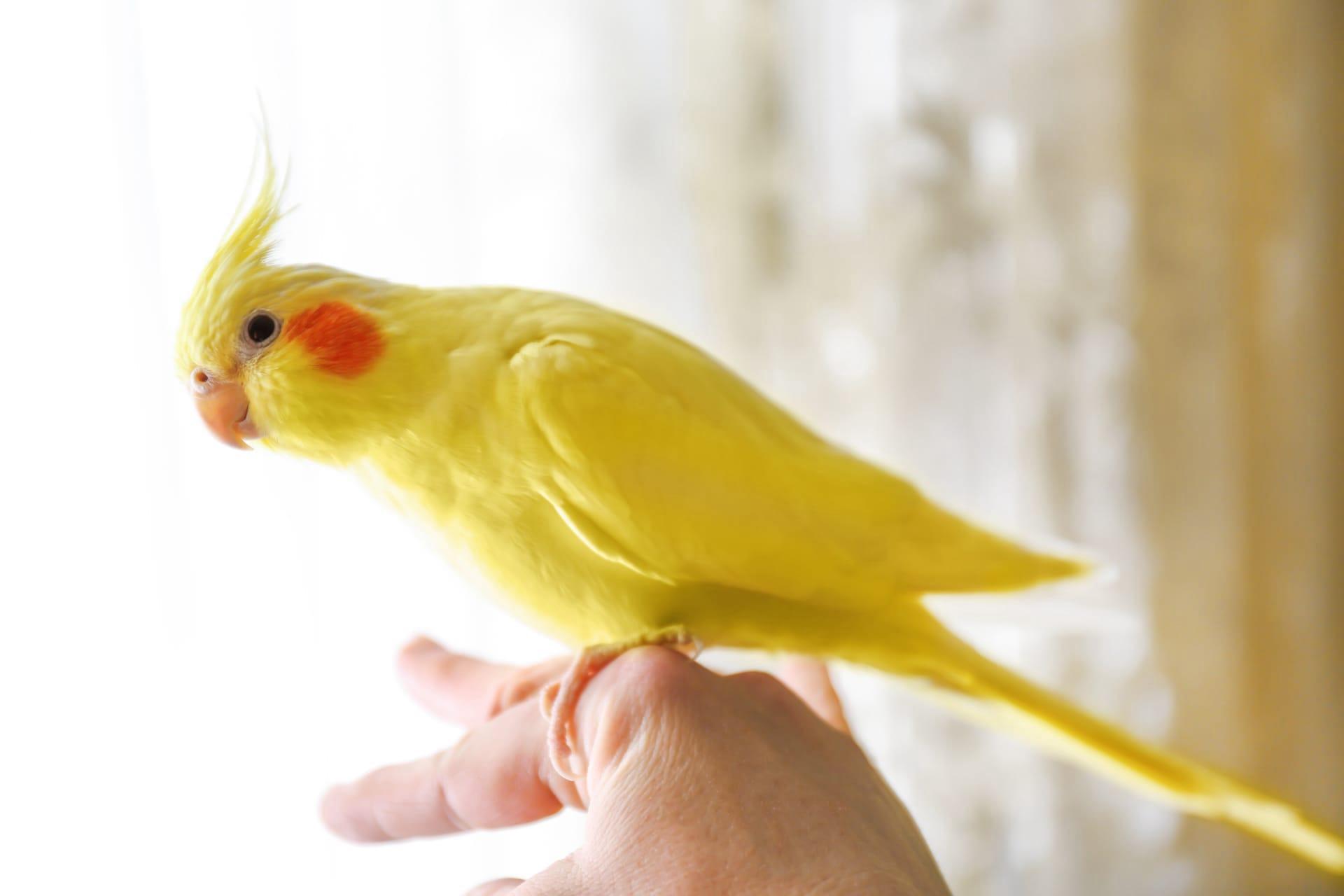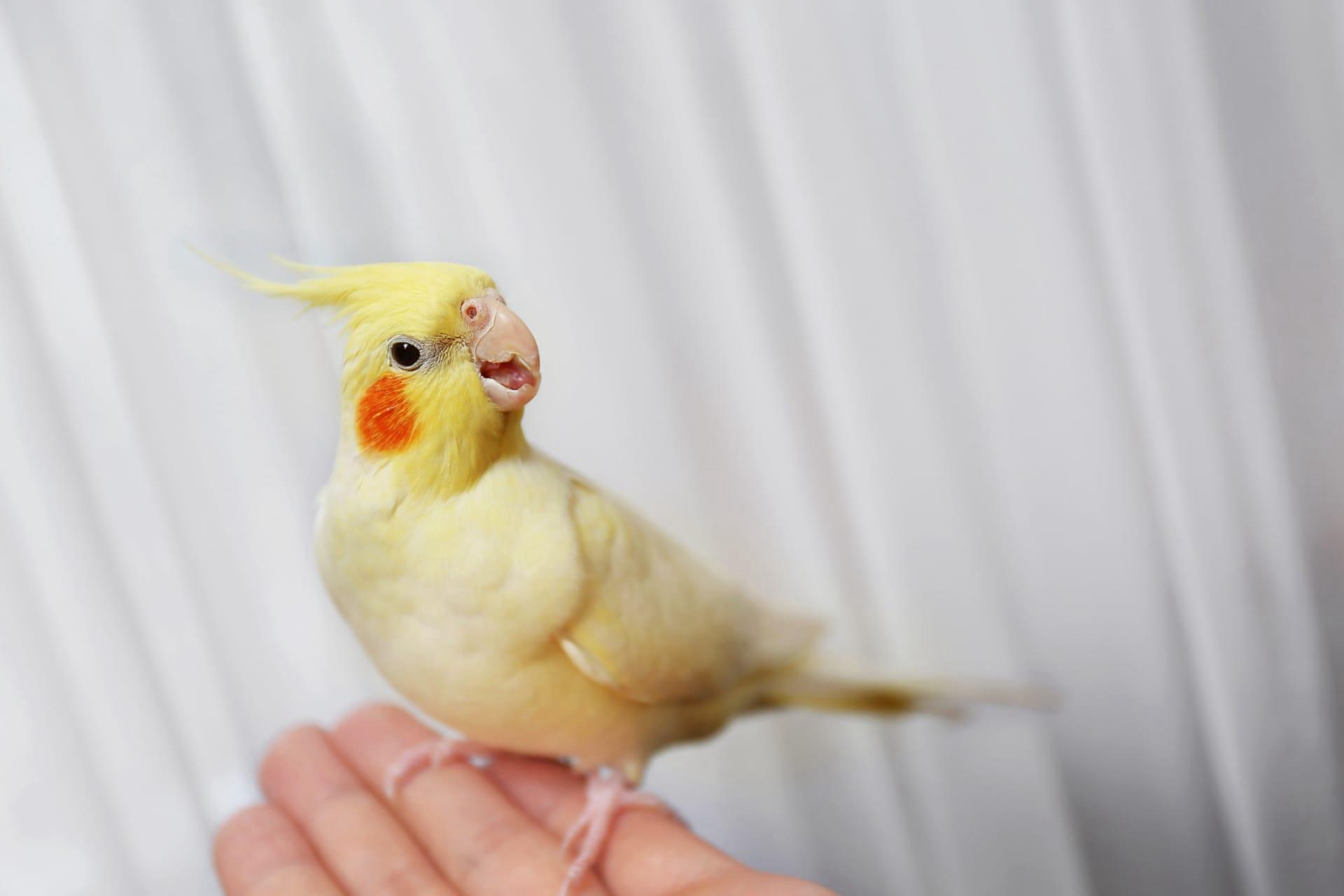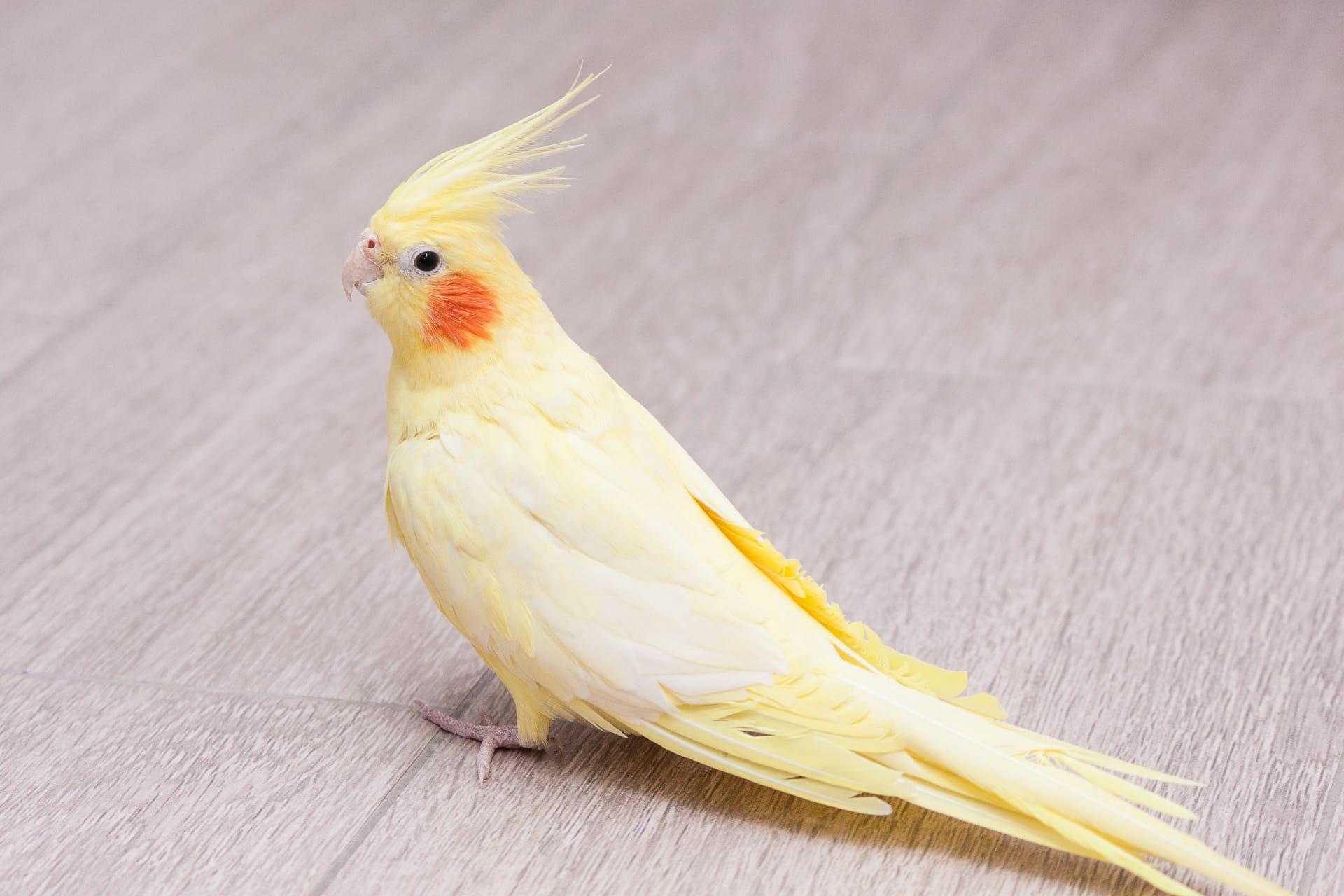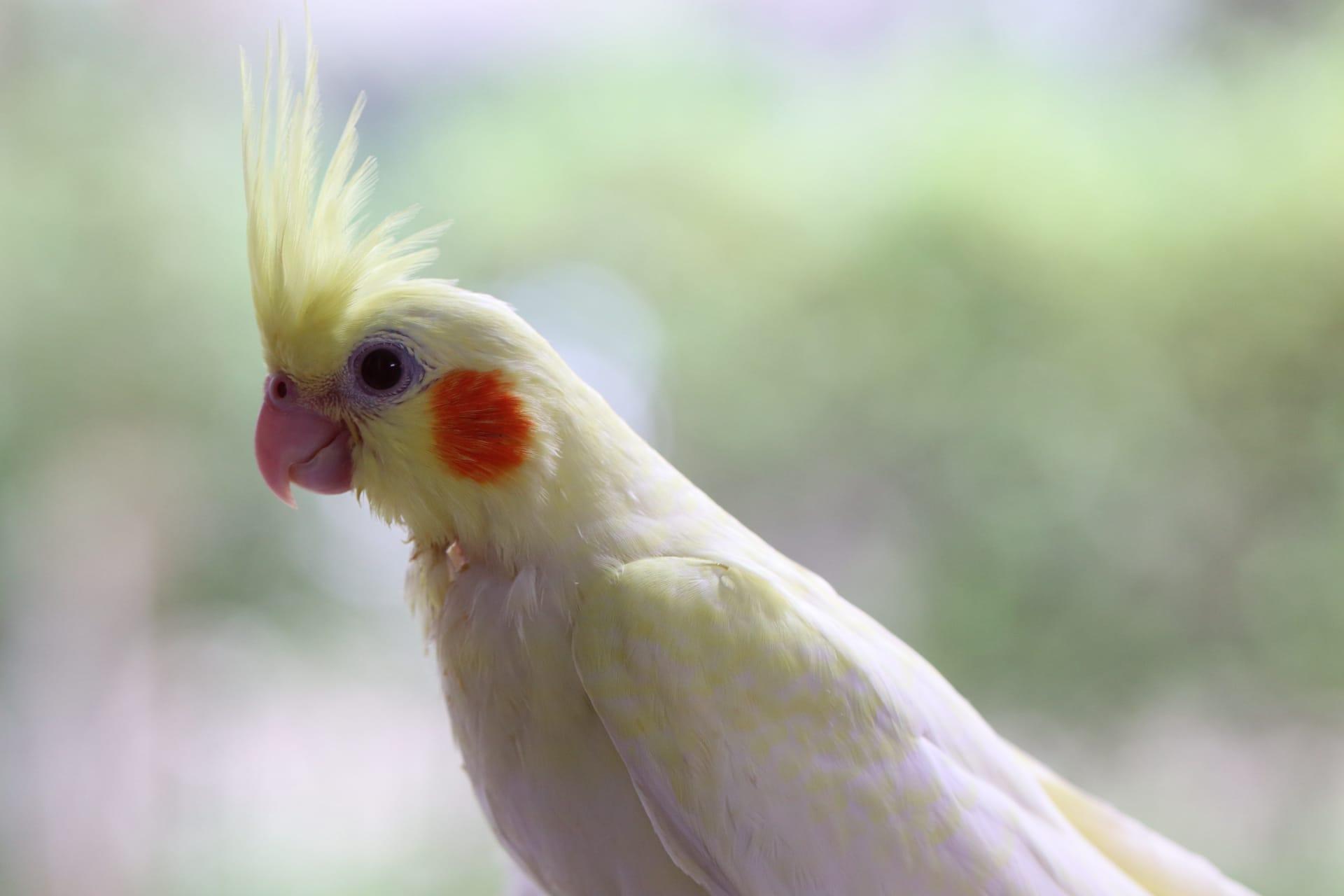Cockatiel Trivia
- Home /
- Trivia Question /
- Animal /
- Cockatiel Trivia
1
Question: What are the distinctive physical features of a Cockatiel?
Answer: Cockatiels are known for their distinctive crests and long tail feathers. They typically measure about 12 to 13 inches from head to tail, with the tail making up half of this length. Weighing around 90 to 100 grams, they have a robust and slightly curved beak for cracking seeds. Male cockatiels often have brighter colors and more pronounced markings compared to females, especially noticeable in their cheek patches, which are a vibrant orange.
Question: How long do Cockatiels typically live in captivity?
Answer: With proper care, Cockatiels can live for 15 to 20 years in captivity, though there are reports of some living into their late 20s. Their lifespan is influenced by factors like diet, environment, and genetics. A diet rich in fresh fruits, vegetables, and high-quality pellets, along with regular veterinary check-ups, can contribute to a longer, healthier life.

2
Question: Is it true that Cockatiels require less attention than other pet birds?
Answer: This is a misconception. While Cockatiels may not demand as much attention as some larger parrot species, they are social birds that thrive on interaction with their owners or other birds. Neglecting their need for socialization can lead to behavioral issues like feather plucking and aggression. Daily interaction, playtime, and mental stimulation are key to keeping a Cockatiel happy.
Question: Can Cockatiels really talk?
Answer: Another common misconception is that Cockatiels are prolific talkers. In reality, while they can mimic sounds and words, their speaking abilities are generally limited compared to larger parrots. They are more known for their whistling capabilities, especially the males, who often whistle to attract a mate or express contentment.

3
Question: What is the significance of the Cockatiel's crest?
Answer: The crest of a Cockatiel is a barometer of its mood. When the crest is erect and straight up, it indicates curiosity or excitement. A slightly tilted crest can show relaxation or contentment. Conversely, a flat crest against the head is a sign of aggression or fear. Observing these subtle changes can help owners understand their pet's emotional state.
Question: Are Cockatiels good for families with children?
Answer: Cockatiels can be a great addition to families, including those with children. They are generally gentle and less prone to biting compared to larger parrots. However, it's crucial to teach children how to handle these birds gently and respect their space, as Cockatiels can be startled easily and may nip if they feel threatened or mishandled.

4
Question: What is the ideal diet for a Cockatiel?
Answer: A balanced diet is crucial for a Cockatiel's health. This includes high-quality pellet food, which should make up about 60-70% of their diet. The rest should consist of fresh fruits and vegetables like apples, carrots, and leafy greens. Occasional treats of seeds and nuts are fine, but these should be given sparingly due to high fat content. Clean, fresh water should always be available.
Question: How can you tell the age of a Cockatiel?
Answer: Determining the exact age of a Cockatiel can be tricky, especially in adult birds. However, young Cockatiels have barring patterns on the underside of their tail feathers and duller colors. As they mature, these bars disappear, and their colors become more vibrant. It's important to note that after their first molt, around 6-12 months of age, it becomes much harder to estimate their age based on appearance.

5
Question: Do Cockatiels require special care during molting?
Answer: Yes, molting can be a stressful time for Cockatiels. They may need extra nutrition, especially foods high in protein, to support feather growth. Providing a shallow water bath or misting them lightly can help with any skin irritation. Additionally, it's important to minimize stress during this time as it can impact the quality of the new feathers.
Question: Can Cockatiels be trained to perform tricks or commands?
Answer: Absolutely! Cockatiels are intelligent birds and can learn a variety of tricks and commands, like stepping onto a finger or playing with toys. Positive reinforcement, such as treats or praise, is key to successful training. Patience and consistent training sessions are important, as it can take time for them to learn new behaviors.